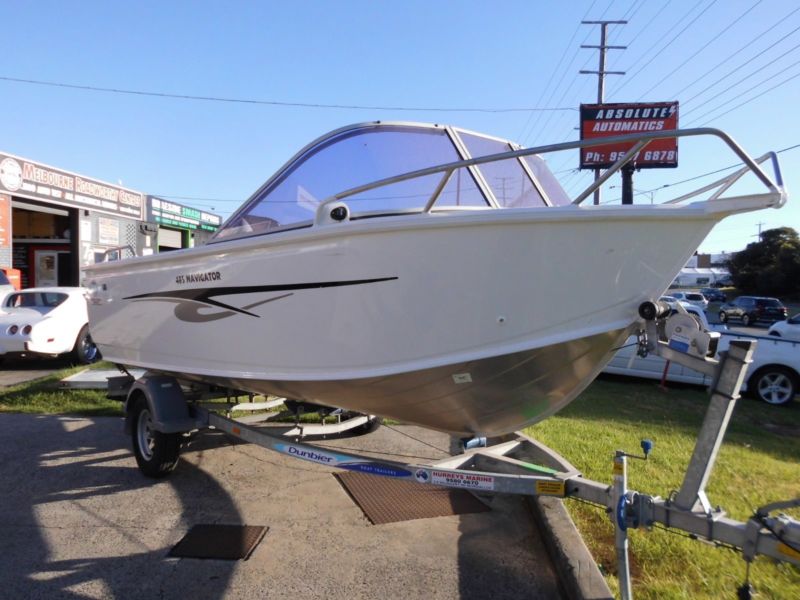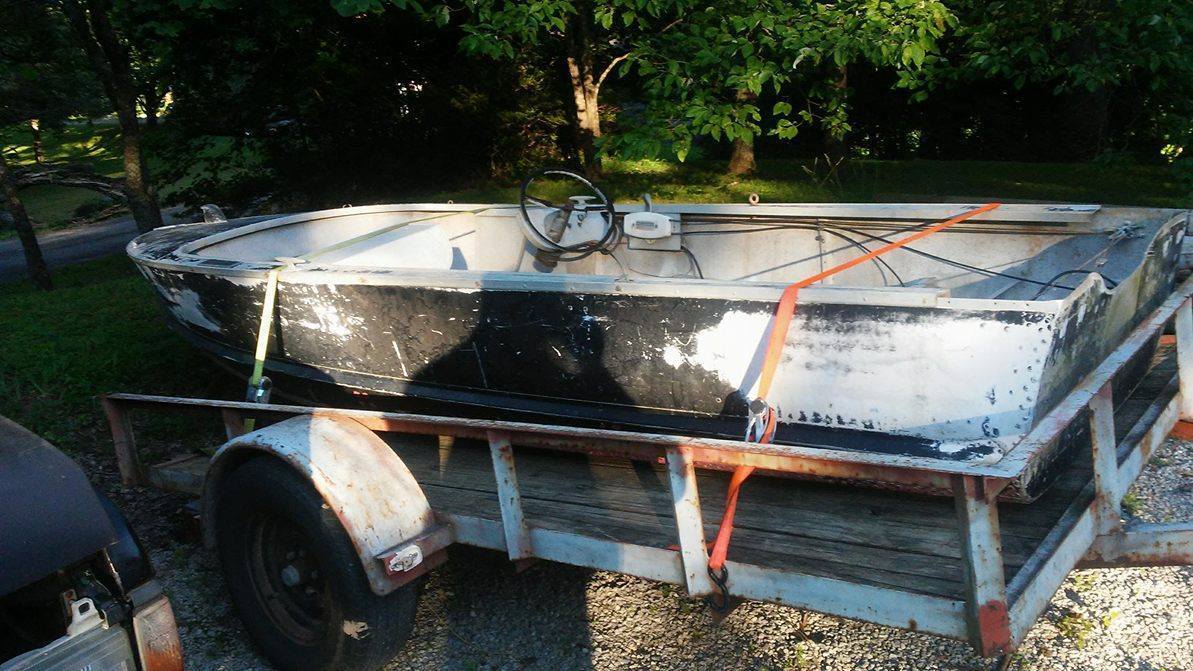

Check your owner's manual or the manufacturer's website to find the range for your engine. An engine's best all-around performance is typically considered to be when wide-open-throttle occurs within 200 rpm of the engine manufacturers designated operating range. Then, find your engine's ideal operating range in RPM. More blades should improve acceleration, but may come at the expense of top speed. As a rule of thumb, a higher pitch will generally provide better acceleration, while a lower pitch will improve acceleration. First, check a manufacturer's prop selection guide to see what choices are recommended for your particular boat and engine.

If you're thinking about changing your prop, do your homework. You might be in the same figurative boat. The reason? We do a lot of skiing and wakeboarding, and I was more than happy to give up a little on the top end for the increase in pulling power. On my own boat, I swapped the stock unit for a Mercury High Five, a five-bladed stainless steel prop. You'll likely lose a little top speed with additional blades, but the tradeoff is often worthwhile. Additional blades, however, can improve acceleration by putting more blade area on the water, as well as further limit vibration. That average three-blade prop is a compromise it balances vibration, size convenience, efficiency, and of course, cost. Another, however, is to fine-tune your boat's performance to the way you use it. Obviously durability is a reason to upgrade. And yes, I've hit other stuff along the way. In the eight years since, my stainless replacement has nary a scratch. I hit a submerged piece of concrete with an aluminum prop within weeks of taking ownership of the boat, and lost a healthy amount of metal. If you live in an area prone to shallow waters or shifting bottom surface, stainless steel can prevent a lot of headaches. This stronger material can also be cast thinner, making the prop more efficient. Hit something and you likely won't incur much, if any, real damage. Stainless steel, on the other hand, is tough, roughly five times stronger than aluminum. Aluminum is also more subject to flex, which can affect your boat's acceleration. Leave it damaged and you're likely to cause a vibration that will ultimately damage your driveline, not to mention seriously hinder your boat's performance. The bad news, however, is that your prop may need to visit the nearest service department more than you'd like. The good news is that aluminum will take the brunt of the impact and save your driveline from a serious jolt. Hit that inevitable sandbar (or worse, a rock) and it's going to get dinged, maybe even seriously chipped.

Got it? Now here's why you might want to change your stock setup. Stock props are often made from aluminum alternatives are commonly constructed of stainless steel.
#Aluminum runabout full#
A prop designated as 14 1/2 x 21 means that it is 14 1/2 inches in diameter (the distance across the circle made by its rotating blade tips) and features a 21-inch pitch (the distance the prop would move forward in one full revolution through a soft solid, i.e. Propellers are designated by their diameter and pitch, expressed as D x P. Why? To understand, let's take a crash course in Propeller 101. There is one modification, however, that I think is worthy of serious consideration - a new propeller. We want a reliable, all-around performer. After all, we're not looking for jaw-dropping top speeds, or a race-winning holeshot. Most so-called "pleasure boaters" probably leave their boats as is. Stock propellers are often made from aluminum alternatives are commonly constructed of stainless steel, like the prop shown here.


 0 kommentar(er)
0 kommentar(er)
